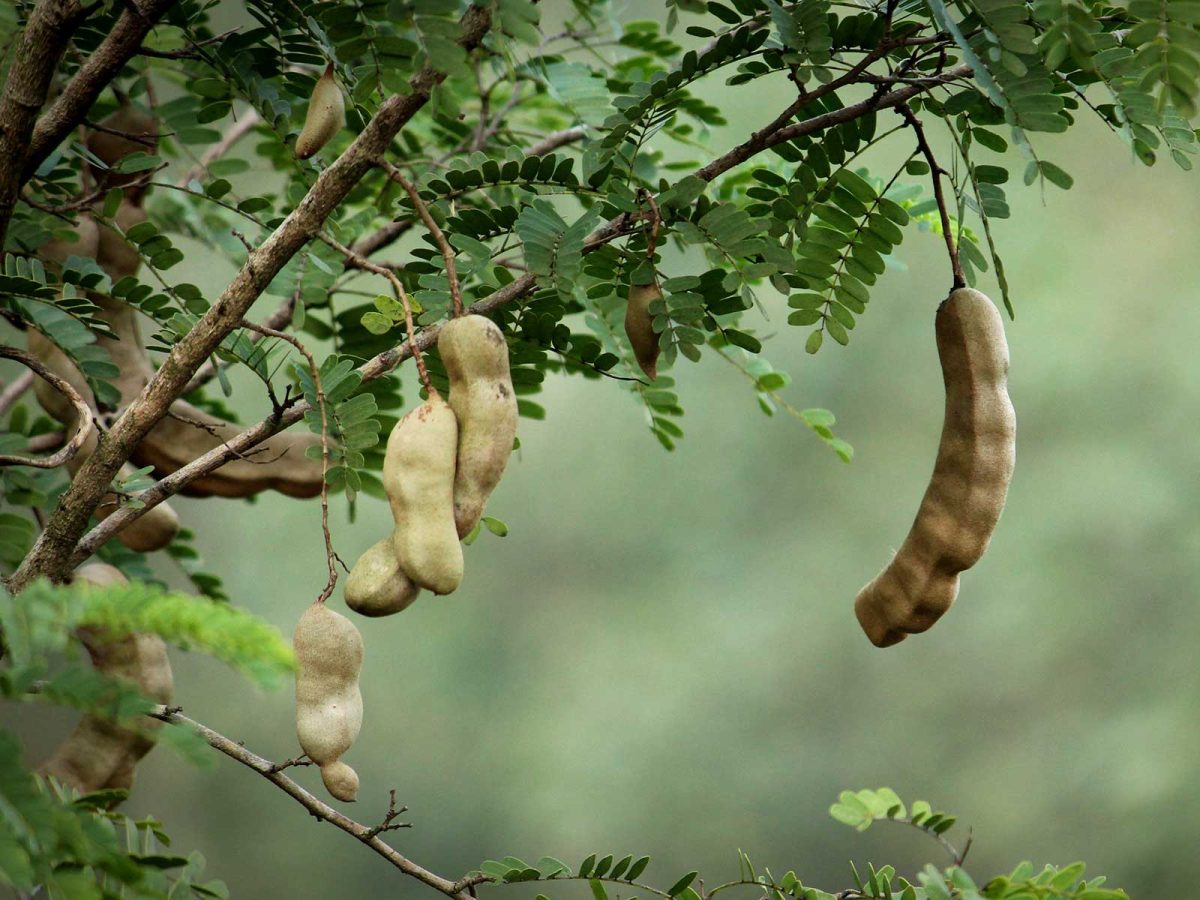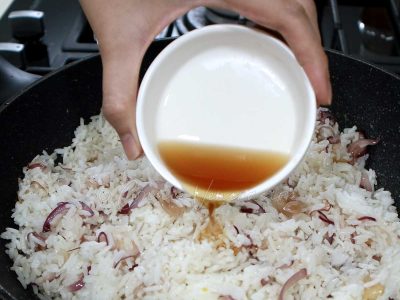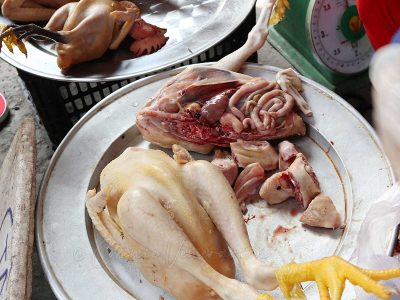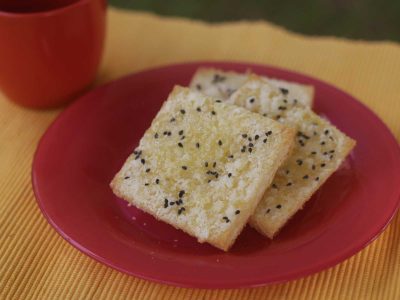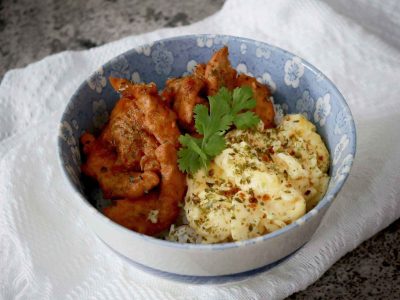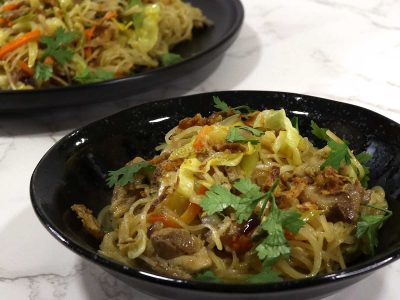What is tamarind?
The scientific name is Tamarindus indica. The tree is considered indigenous to tropical Africa although it has been cultivated on the Indian subcontinent for such a long time that some say it is indigenous to the region too.
Both the fruit and leaves of the tamarind are edible
In the Philippines, tender leaves are stripped and boiled to make a sour broth. The fruit is structured like a pod although it is categorized as a legume and, therefore, not a true pod. The pulp is intensely sour when unripe but tinged with subtle sweetness when ripe.
The fruit is used as the base for soups, stews and sauces in many Asian dishes. You will find tamarind, or its derivative, listed among the ingredients of dishes from the Philippines, Thailand, Indonesia, Malaysia, Vietnam, India, Pakistan and other parts of the continent.
In many parts of Latin America, especially Mexico, tamarind juice is often made into agua fresca. Mexico and the Philippines produce tamarind candy.
Pressing tamarind juice
Tamarind juice is valued for its distinct tartness. Unlike citrus that need only to be cut and squeezed, the traditional way of extracting the juice from the tamarind is to boil it in water and to mash the fruits to squeeze the pulp.
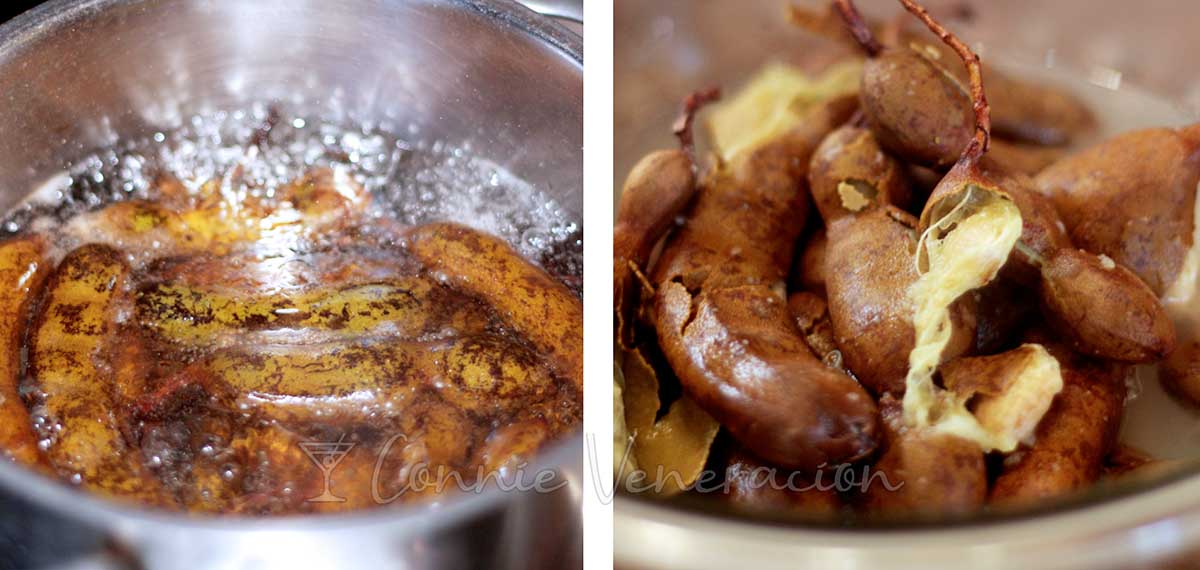
The first thing to do is to rinse the tamarind to make sure that it is clean before it goes into the pan. Place the rinsed tamarind in a pan and cover with water. Boil until the skins burst and the pulp is mushy, about 20 minutes.
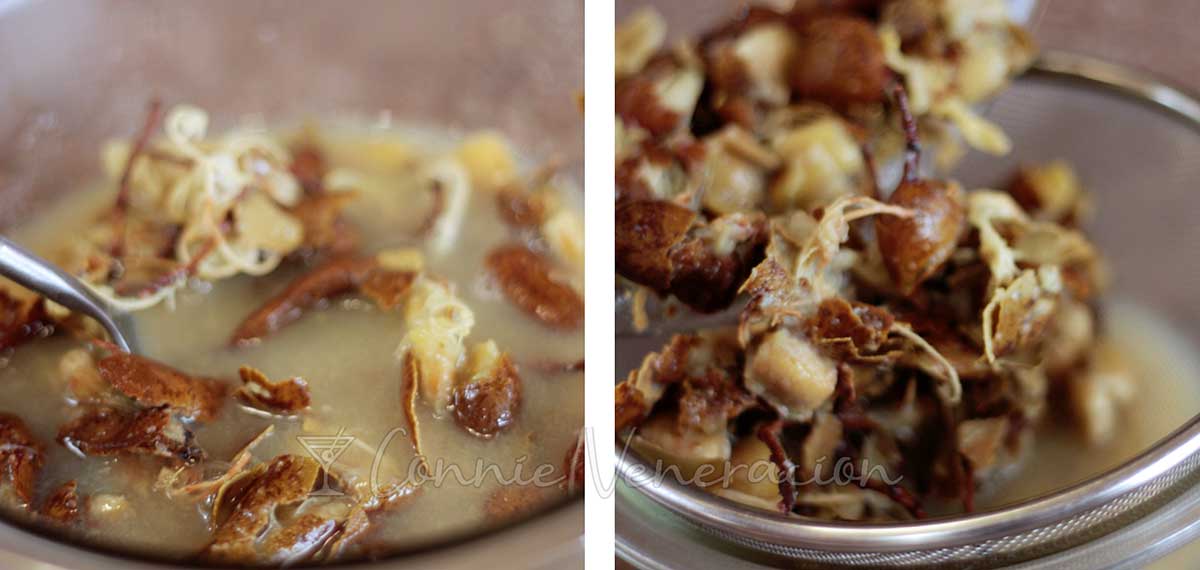
Transfer to a large bowl with half of the cooking liquid. Mash the tamarind with the back of a fork. If you have a vegetable masher, it will make the job easier.
Place a strainer over another bowl. Dump the mashed tamarind and pressed juice into the strainer and allow the liquid to drip into the second bowl.
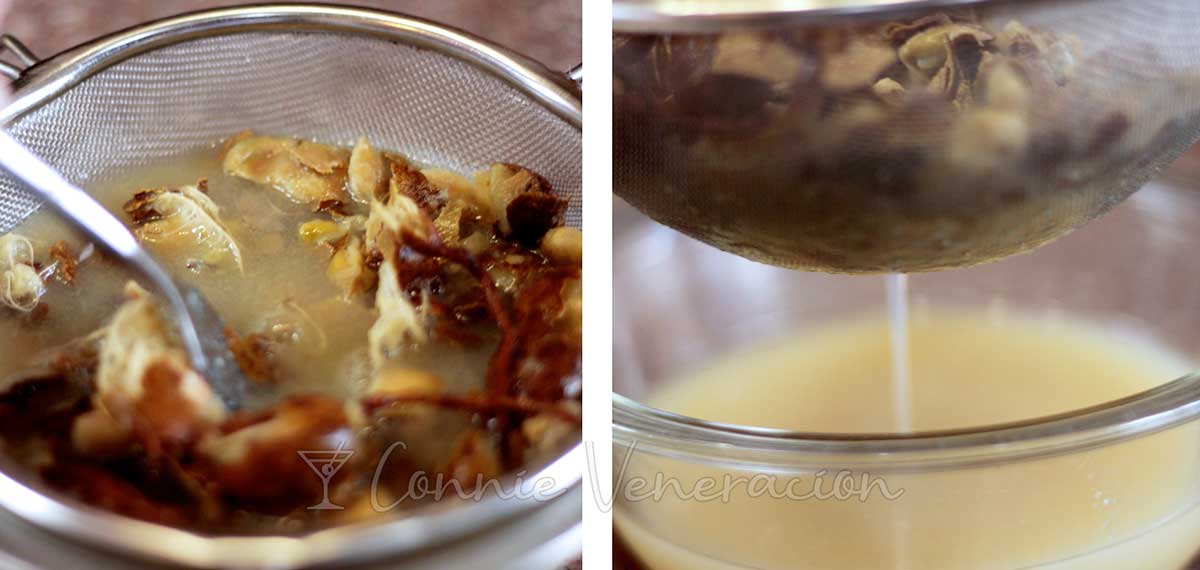
With the mashed tamarind still in the strainer over the bowl with the juice, pour in the rest of the cooking liquid. With the tamarind submerged in liquid, mash once more, forcing as much of the pulp through the strainer. Strain once more. And you have your tamarind juice.

